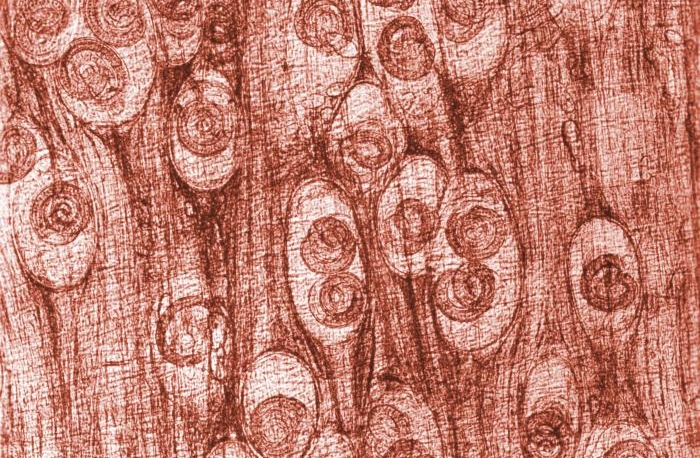Welcome to the first installment of Disease Daily’s Summer Series: “Shedding Light on Neglected Tropical Diseases”. This week, we are looking at chikungunya, an alphavirus causing viral disease in humans and animals [1]. Chikungunya causes symptoms, including fever, joint pain, rash and fatigue, that can last anywhere from a few days to several months [2]. The joint pain can be debilitating, hence why its name is derived from the Kimakonde language, meaning “to become contorted” [1]. While generally not associated with death, severe cases of chikungunya result in joint paint that can be enough to disable a person for years after contracting the virus. There is no specific treatment available for chikungunya, so current management of the disease revolves around symptom control medicines and therapies [2].
The chikungunya virus is transmitted to humans via the bite of an infected mosquito. The mosquito that transmits chikungunya is the same species of mosquitos commonly associated with dengue fever transmission [3]. What’s fascinating is that humans propel a mosquito’s ability to spread the virus. If a mosquito feeds on an infected person, the mosquito subsequently will be infected and can transfer the virus to each additional person it bites [2]. Therefore, it is imperative to take extra preventative measures to avoid mosquito bites if infected with chikungunya.
As the mosquito population rises, officials recognize chikungunya as a public health threat due to its severe symptoms and its prevalence globally. Brazil is currently facing an epidemic as 4,262 cases of chikungunya in Rio de Janeiro have been reported from January to March 2018, almost surpassing the 4,305 reports for all of 2017 [4]. In the United States, chikungunya was rarely found prior to 2006 [5]. Between 2006-2013, cases in the United States were identified as travel-associated, but in 2014, the first cases of local transmission were identified in Florida, Puerto Rico and the U.S. Virgin Islands [5]. Preliminary data from the Centers for Disease Control and Prevention (CDC) suggests that there were 114 cases of chikungunya detected in the United States in 2017, however, none of these cases were contracted locally [6].
On May 21, 2018, the National Institute of Health announced that scientists at the Washington University School of Medicine in St. Louis have identified a molecule in human and some animal cells that could be a useful target in the treatment of chikungunya. The purpose of their research was to identify what made humans susceptible to the disease, by using a gene-editing tool called CRISPR-Cas9. They were able to identify the key molecule providing ability of chikungunya to invade human host cells. By utilizing CRISPR-Cas9 to edit the genes that encode that molecule, the researchers were able to reduce the virus’ ability to infect human and mouse cells [7]. This finding is critical to the development of treatment for the disease and the future of chikungunya research.
With the continued threat of chikungunya circulating at pandemic proportions, it is important to recognize that it only takes one infected person and one mosquito to propel the virus forward. Every year, cases are identified in the Americas, Africa, Europe and Asia. As researchers advance their knowledge of the disease, the future for the prevention and treatment of chikungunya is hopeful.
Sources:
[1] http://www.who.int/en/news-room/fact-sheets/detail/chikungunya
[2] https://www.cdc.gov/chikungunya/symptoms/index.html
[3] https://www.cdc.gov/chikungunya/transmission/index.html
[4] http://outbreaknewstoday.com/chikungunya-cases-big-rio-de-janeiro-state-brazil-62204/
[5] https://www.cdc.gov/chikungunya/geo/united-states.html
[6] https://www.cdc.gov/chikungunya/geo/united-states-2017.html

